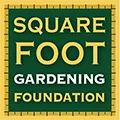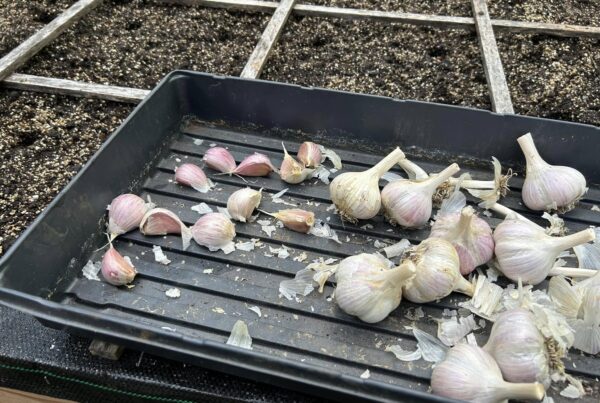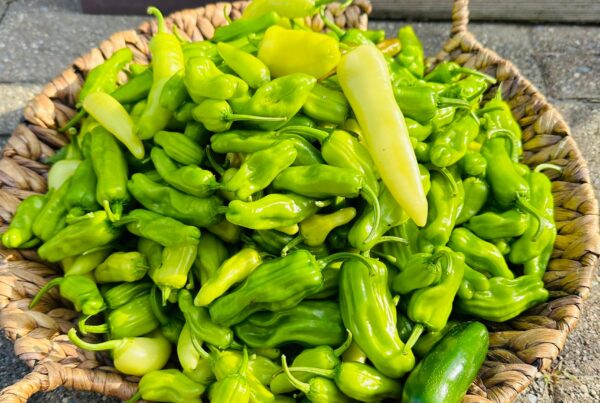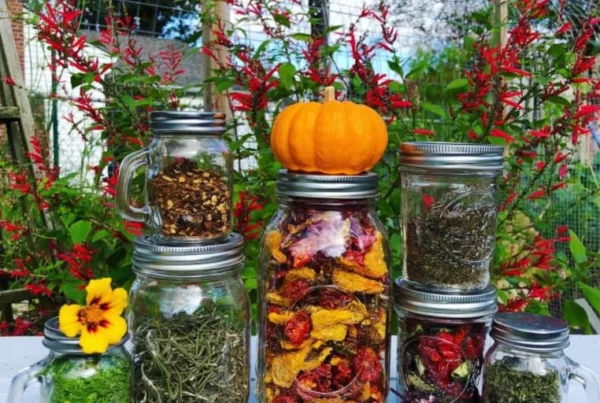Compost is a huge part of Square Foot Gardening. It makes up 1/3 of Mel’s Mix™ by volume and provides most of the nutrients your growing plants need.
You could, in fact, call compost the “Duct Tape” of the garden because it does practically everything.
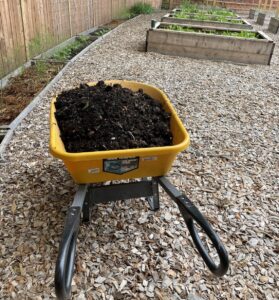 Compost:
Compost:
- Contains nutrients
- Helps hold nutrients in the soil
- Drains well, but also
- Holds moisture
- Has great structure, but also
- Is loose, friable, and easy to work
Which is better? Homemade compost or store bought?
Homemade compost is always better because it contains a wide variety of ingredients, so it gives your plants a wide variety of nutrients. Store bought compost is often derived from a single source of materials, such as mushroom or soybean waste.
If you’re going to use store bought compost we recommend mixing at least 3-5 types together to get a mix of nutrients. If you can’t make your own compost, just make sure to make a blend of bagged compost for your Mel’s Mix.
Quick & Easy: How to Make Your Own Compost
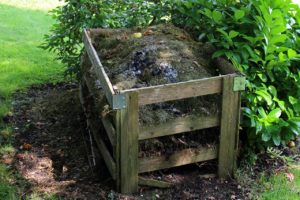 Mel was very firm that anyone could make their own compost and that composting is not mysterious. We want to make sure that we keep that spirit going!
Mel was very firm that anyone could make their own compost and that composting is not mysterious. We want to make sure that we keep that spirit going!
Mel’s four main tips for composting:
Mix: Add as many different, plant-based ingredients to the pile as you can find
Mash: Chop everything up into small pieces
Moisten: Keep the pile moist, not dry or soaking wet
Move: Keep turning the pile towards the center where all of the microbial action is
These are pretty easy rules of thumb to remember, and if you create a pile and follow those rules, it will break down into wonderful compost.
A couple of other nuggets of wisdom from Mel:
Mow leaves or chop them up before adding them to the pile. They’ll break down faster that way.
Dry out grass clippings before adding to the pile. That way, the grass won’t congeal into a slimy, smelly mess. Mel suggested spreading the clippings on a tarp and periodically raking them until they are dried out.
What to Put in Your Compost Pile
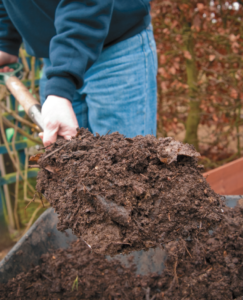 Add these:
Add these:
- Straw
- Hay
- Leaves
- Grass clippings
- Rejected or spoiled garden harvest
- Vegetable and fruit peels
- Shredded newspaper
- Eggshells (crushed)
- Horse or Poultry manure
- Tea bags
Limit these (no more than 10% by volume):
- Corn cobs
- Shredded twigs
- Shredded bark
- Pine needles
- Hedge trimmings
- Wood shavings
- Sawdust
- Coffee grounds
- Peanut shells
- Spent grain from breweries
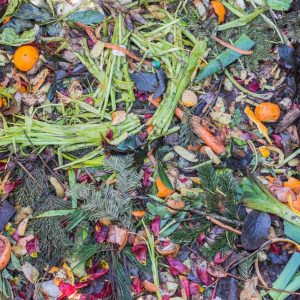 Do not add these:
Do not add these:
- Diseased or pest-infected plant material
- Meat or bones
- Grease
- Whole eggs
- Cheese
- Seeds and fruit pits
- Cat or dog manure
- Bakery products
- Dairy products
- Cooking scraps (that aren’t peels)
How do you know when compost is ready to use?
Compost that’s ready to add to Mel’s Mix should be crumbly, relatively uniformly brown, and smell earthy. If, while getting ready to use the compost, you find a few large bits that haven’t broken down, just add them back to the pile!
Learn more about the Square Foot Gardening Method by taking the introductory course.
